A trail bike is a bicycle engineered for off-road use, adept at navigating diverse landscapes. It marries the efficiency of cross-country bikes with the technical prowess of all-mountain models. These robust machines cater to cycling aficionados eager to embark on adventures along local bike trails or nearby mountain biking routes, offering a sturdy means to traverse wild terrains.
Types and Characteristics of Trail Bikes
Exploring the range of trail bikes, one encounters options from the straightforward, tactile hardtails to the plush, full-suspension variants that cushion the ride. The Specialized Turbo Levo stands at the forefront with its electric boost, enticing even those daunted by steep climbs. Meanwhile, the Giant Trance and Scott Genius are crafted for nimble maneuvering, their design promoting swift, stable movement. Suspension travel varies across models to suit the rigors of aggressive trails or the smoothness of gentler rides, influencing how riders conquer the diverse challenges presented by cycling paths and local bike routes.
Structure and Operation of Trail Bikes
The architecture of a trail bike is a sophisticated synergy of components, each with a distinct role. Frame geometry balances climbing efficiency with downhill poise. Suspension systems temper impacts while preserving pedal effectiveness. Drivetrains deliver precise, resilient shifting, and hydraulic disc brakes are the norm for consistent stopping power. The cockpit, comprising handlebars, grips, and controls, is ergonomically crafted for enduring comfort and command on mountain biking circuits. Innovations like dropper posts, enabling swift saddle height adjustments, reflect the trail bike's evolution to meet contemporary trail cycling demands.
Materials and Their Properties
Material selection is pivotal in trail bike construction, influencing performance, longevity, and expense. Aluminum is favored for its optimal mix of strength, weight, and affordability. Carbon fiber, pricier yet lighter, offers superior vibration dampening, reducing fatigue over rugged bike trails. Steel is cherished in custom frames for its natural resilience and enduring quality. Maintenance needs vary by material; carbon frames demand impact protection, whereas aluminum can better withstand minor abrasions.
Business Usages and Applications
Trail bikes have carved a niche in diverse commercial contexts. In eco-tourism, they enable access to secluded spots with scant environmental footprint. Urban enterprises utilize them for swift, versatile transit across paved and unpaved surfaces. For rental outfits, trail bikes are a lucrative asset, frequently sought by tourists and residents alike for nearby cycling trails. Their adaptability to varied landscapes renders them invaluable to businesses operating across urban and natural environments.
Functions and Tasks
The quintessential role of a trail bike is to furnish a dependable, versatile mode of transport over inconsistent off-road terrains. They adeptly ascend, descend, and navigate technical sections. Advanced suspensions maintain grip and control, while gear systems adapt to diverse gradients. For commercial entities, these capabilities translate to multifaceted utility, from adventure sports to pragmatic conveyance.
Distinctive Features and Selling Points
Trail bikes boast features that bolster their off-road prowess. Tires are tailored with patterns and volumes for gripping various surfaces. Frame geometry is fine-tuned for optimal rider positioning, enhancing both comfort and efficiency. High-end models may include wireless electronic shifting for a streamlined cockpit and precise gear transitions. Their robust build and versatility in handling assorted conditions render them a coveted choice for personal and business applications.
Benefits and Positive Outcomes
Employing a trail bike yields numerous advantages. Individuals gain a form of exercise that is both invigorating and demanding, fostering physical and mental health. Businesses can anchor their adventure offerings with trail bikes, drawing clients in pursuit of active outdoor pursuits. They also provide practical mobility solutions within expansive industrial or pastoral properties. The outcomes are manifold: heightened customer satisfaction, an enhanced reputation for promoting active lifestyles, and potential expansion in the adventure tourism market.
How to Use and Operate a Trail Bike Effectively
Effective trail bike use requires mastery of gear shifting to sustain ideal cadence, adept position adjustment to manage the center of gravity on varied terrains, and brake application to modulate speed without skidding. Riders should also be proficient with dropper posts for adjusting seat height across different trail segments, ensuring peak efficiency and safety. For businesses, training personnel in proficient trail bike operation can elevate the safety and caliber of guided excursions on biking trails.
Choosing the Right Trail Bike
Selecting the appropriate trail bike entails considering the rider's stature and weight, the typical landscape, and preferred features like suspension type and wheel size. For businesses, the decision revolves around a fleet that can serve a broad customer base and the specific demands of local bike trails. Maintenance ease and component durability are also crucial for a sound investment.
Cleaning and Maintenance Guidelines
Consistent cleaning and upkeep are vital to maintain a trail bike in prime condition. This encompasses chain cleaning, tire pressure checks, and debris-free suspension components. Seasonal care should involve comprehensive bike inspections, part replacements, and potentially a professional tune-up to guarantee flawless operation.
Installation and Setup
Correct installation and setup are imperative for a trail bike's performance and rider safety. This includes proper assembly from the box, suspension adjustments tailored to the rider's weight, and component fine-tuning to fit the rider's dimensions. For enterprises, ensuring bikes are aptly prepared for each client can significantly improve the experience on mountain biking trails.
Target Audience and Meeting Their Needs
The primary market for trail bikes spans outdoor enthusiasts, adventure sports athletes, and eco-friendly commuters. Catering to the distinct desires and requirements of these demographics is crucial for businesses to deliver suitable products and services. Enthusiasts may prioritize high-performance attributes, whereas commuters might value durability and comfort. Addressing these preferences is key to fostering customer contentment and allegiance.
In conclusion, Alibaba.com's extensive assortment of trail bikes meets the diverse needs of business purchasers, each seeking quality and performance in their selections. From the electrically-assisted Specialized Turbo Levo to the rugged Scott Genius, there's a trail bike for every landscape and rider predilection, ensuring each trail venture, whether local or afar on bike trails, is a memorable escapade.

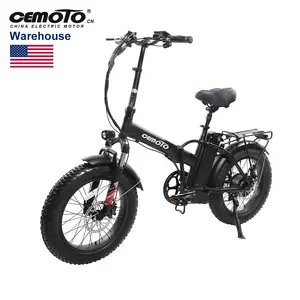





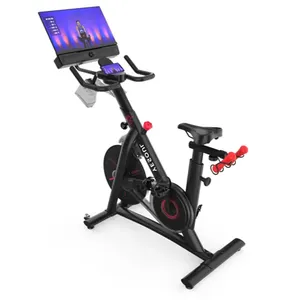




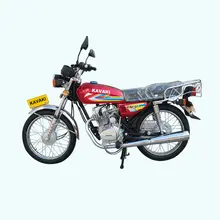

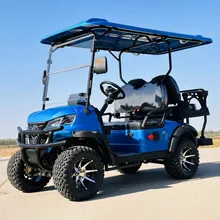
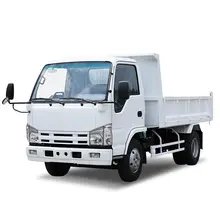



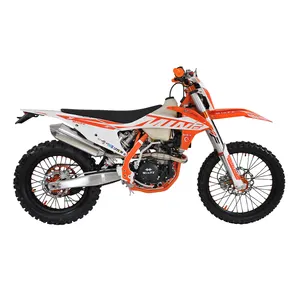
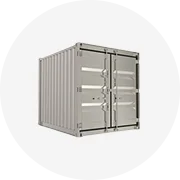
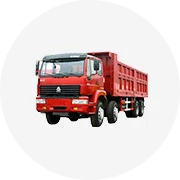
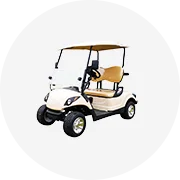
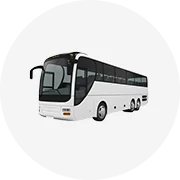




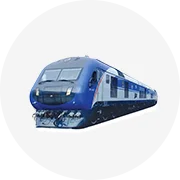
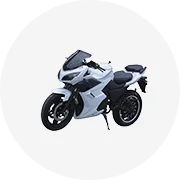
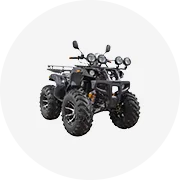

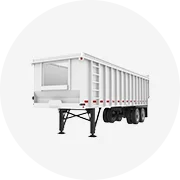
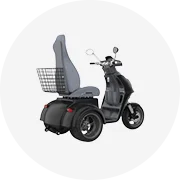








 浙公网安备 33010002000092号
浙公网安备 33010002000092号 浙B2-20120091-4
浙B2-20120091-4